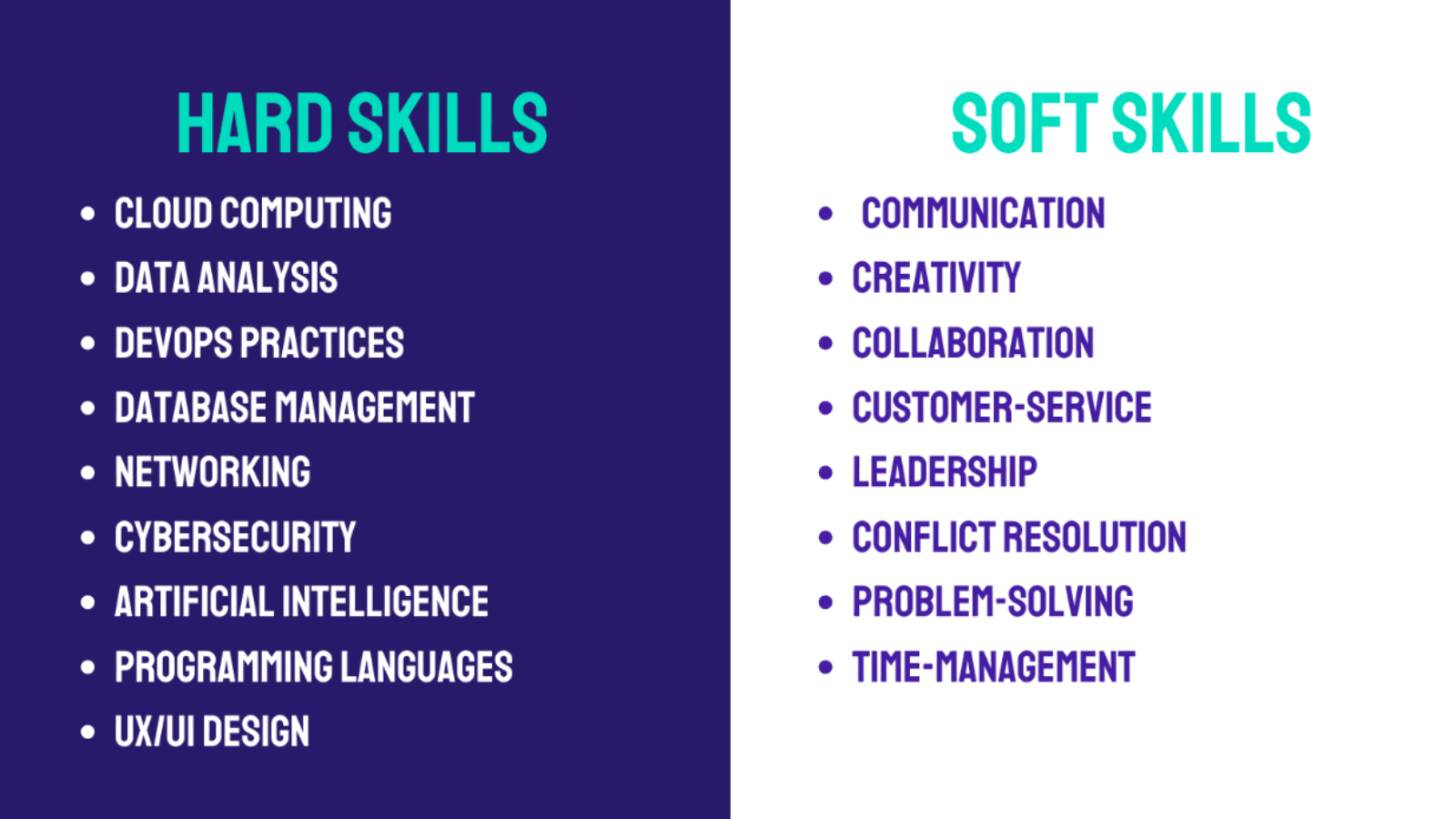Competency models: An anachronism or a promising way to evaluate employee skills?
April 2, 2024
What are competency models?
As a basic definition, competency models are collections of methodologies that permit multi-level and role-specific evaluations of employees. It is clear from the definition of "competences" that the model is structured according to the various skills and levels of each. It is a usual practice to categorize talents into the following four levels: trainee, junior, medior, and senior.
Using these tiers, you can more accurately categorize workers' abilities and establish clear goals for their professional development. Competency models allow you to quantify employee growth and performance in a fair and efficient manner for the entire organization.
How can competency models be utilized properly?
First and foremost, you need to answer a few questions to help you effectively build a functional competency model:
- Is the competency model suitable for us at all?
This question is crucial. Some businesses may benefit more from competency models than others in certain situations. When working in the digital world, it is wise to gauge interest in the topic and weigh the pros and cons of establishing such terms before making them.
- Who will create our model?
What appears to be a straightforward question is actually quite complex. The people you choose for your team should have extensive knowledge of the industry, while being able to assess the position's demands and asses competing companies with an impartial eye. This can serve as a solid indicator of how well the models are performing.
- How will we evaluate the employees?
Just as crucial as the model is, so is its evaluation. Employees need an objective third party to assess their progress in the model if they believe they can move up the ranks. As a precaution against prejudice, we advise forming a team of three people at least.
- How will we reward employees when they level up?
On top of everything else, you need to consider how you will be compensated as your employees progress through the model. Improved salary and benefit compensation, within reasonable limits, is the best approach to encouraging the organic growth of knowledge.
What evaluation are we using in DX Heroes?
In DXH, we focus on several aspects of the competency model. The outmoded belief that a person specializing in information technology does not require any communication skills is irrelevant in DXH. In our opinion, soft skills are far more important. Developing a high-quality technical product is half the battle; effectively conveying that product to the customer or the team is the other one.

That is why we do not have a linear promotion system. We need to demonstrate that we can communicate well in addition to being tech savvy, if we want to advance in our careers. So, learning to communicate and manage one's own time is something on which we focus a lot. Mentoring programs, psychotherapy, joint experiential learning, personality assessments, and much more are all available for those who are interested. Why? Because in order to get what your company demands, you must first provide ways to make it happen.
Some final remarks
It is important to remember that our experience has taught us that for every benefit, there is a cost. This solution has a few drawbacks, such as the lengthy time it takes to implement the models and the ongoing maintenance that is required. So, you cannot just write them down and leave them be.
The advantages, however, surpass the disadvantages. Since everyone on the team is on the same page about what they need to do to advance in their careers, there are no barriers to advancement. There is a lot of openness and honesty in these models when it comes to communicating with employees.
Competency models are an excellent contemporary approach to legitimately evaluating employees. They offer organizations new ways of looking at employee performance reviews and provide far more space for growth than traditional flat structures.
Author

Jan Řičica
Technical Analyst & WriterI manage end-to-end software analysis, from gathering client requirements to crafting clear and comprehensive technical documentation, ensuring every detail aligns with the project’s goals.